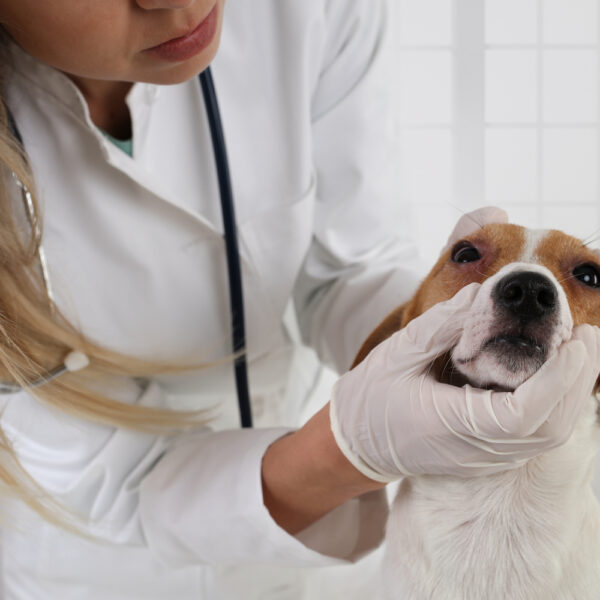An Overview Of Allergies In Dogs- Causes, Symptoms, And Treatment Options
An overview of allergies in dogs- Causes, symptoms, and treatment options
As it turns outs, much like humans, dogs too can suffer from allergies. Although it can be much more difficult to spot an allergy in a dog because your dog might not react to an allergen the same way as you do. For example, a large number of pollens in the atmosphere may make your eyes water and itch, but the same amount of pollens may cause your dog’s feet to swell, itch, sometimes even make him or her chew on his or her feet.

Below is an overview of allergies in dogs, what causes them, its symptoms, and the treatment options.
What are the causes of allergies in dogs?
There are innumerable causes for allergies in dogs. However, below is a list of some of the more common allergies that dogs typically are affected by. Allergens must be found using the process of elimination and sometimes just intuition.
Environmental triggers and atopy (inhalants) – Both indoor and outdoor allergens can cause an allergic reaction in dogs. Similar to humans, dogs can be sensitive to fabrics like cotton and wool, mold spores, and dust mites. Certain cleaning chemicals may also irritate and affect your dog. Seasonally or all year round, outdoor allergens like pollen, ragweed, and other grasses can affect your dog. Dogs can also be sensitive to cigarette smoke. Dander, which is a common allergen, can also affect dogs. Allergic reactions can also be triggered by feathers, cockroaches, and materials made of plastic or rubber.
Flea allergy dermatitis (FAD) – A relatively common dog allergen, flea allergy dermatitis (FAD) is triggered not only by a flea bite but also by the flea’s saliva. Your dog’s sensitivity to flea saliva can cause an inflammatory response that may not line up with the actual number of fleas on the dog. Even one flea can cause itching in your dog for weeks on end.
Are There Specific Dog Breeds That Are More Prone To Allergies?
Any dog breed can develop skin allergies but there are some dog breeds that are more likely to develop allergies, these include:
- Cocker Spaniels
- German Shepherds
- Poodles
- Boston Terriers
- Golden Retrievers
- Doberman Pinschers
- Bulldogs
- Pit Bull Terriers
- Pugs
- Shar-Pei
What are the symptoms of an allergy in a dog?
Some of the common signs and symptoms of an allergy in a dog include:
- Excessive scratching
- Loss of fur
- Repeated licking
- Red-colored skin area
- Constant itching of the tail
- Constant biting
- Ear infections
- Lesions and scabs on the skin
- Yeast infections in skin
What are the home treatment options for food allergies in a dog?
Some of the home treatment options for food allergies in a dog are:
- Cook meals for your dog at home or try a raw diet.
- Ensure your dog’s diet is rich in proteins.
- Opt for an elimination diet to figure out the food allergen.
- Give your dog some natural supplements recommended by the vet.
What are the home treatment options for environmental allergies in a dog?
Some of the home treatment options for environmental allergies in a dog are:
- Use an air purifier system.
- Regular foot soaks for your dog.
- Cleaning the paws using apple cider vinegar and water mix to get rid of the pollens stuck in the paws.
- Use non-irritant natural cleaning products.
Can essential oils provide relief from allergic reactions in dogs?
Essential oils can help treat your dog’s skin allergies. They can help provide quick relief. It is recommended that you use diluted essential oils. You can use essential oil shampoo too. Some of the useful essential oils include:
- Sweet marjoram oil can help with severe skin problems due to skin allergies.
- Chamomile oil can help soothe itchy skin in your dog.
- Lavender oil can help relieve your dog from constant itching.
- Helichrysum oil provides relief from pain caused by skin allergies and has healing properties.
- Primrose oil can be used for its anti-itch properties.
- Niaouli oil is a strong essential oil and should be used with caution.





